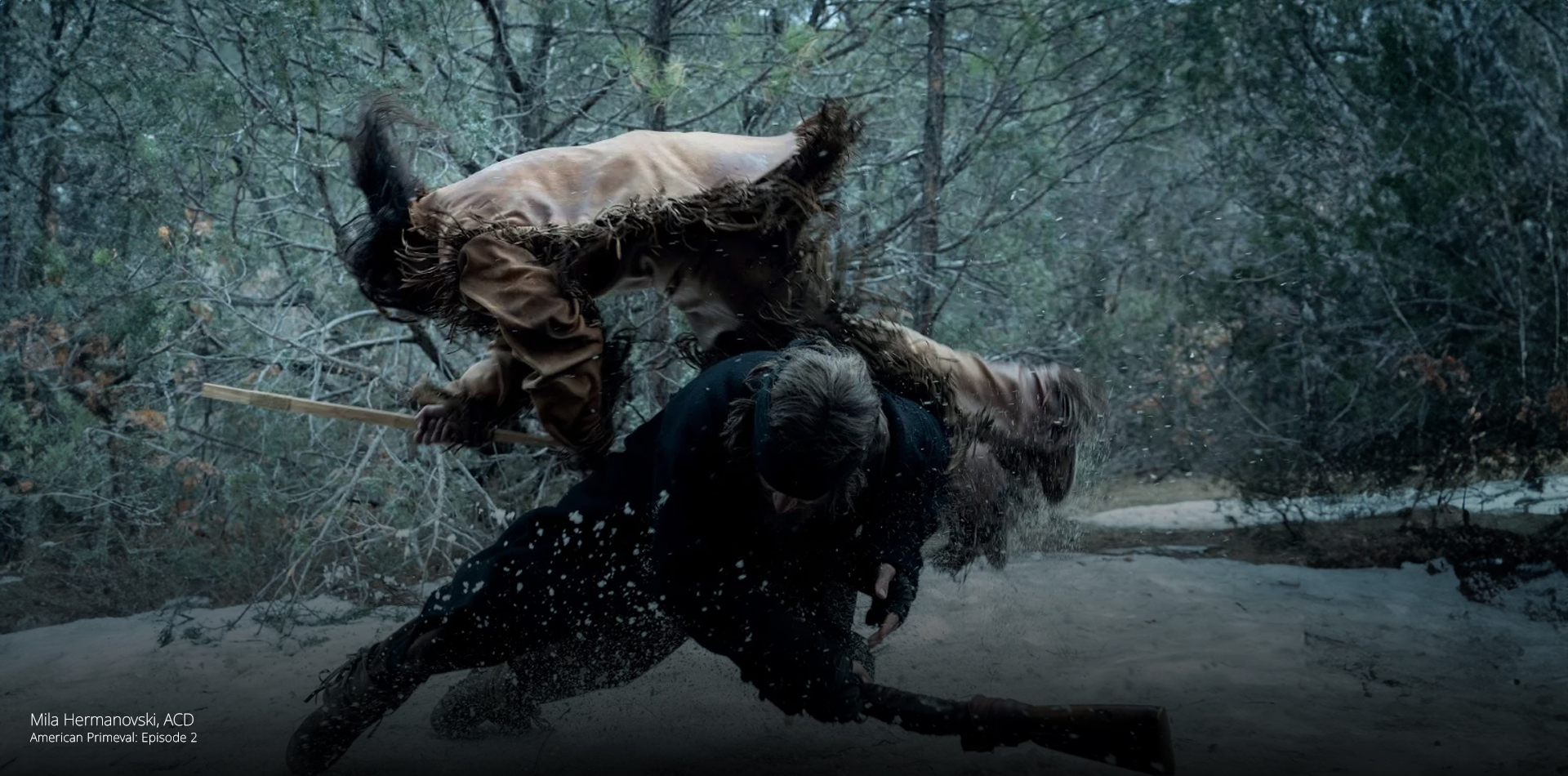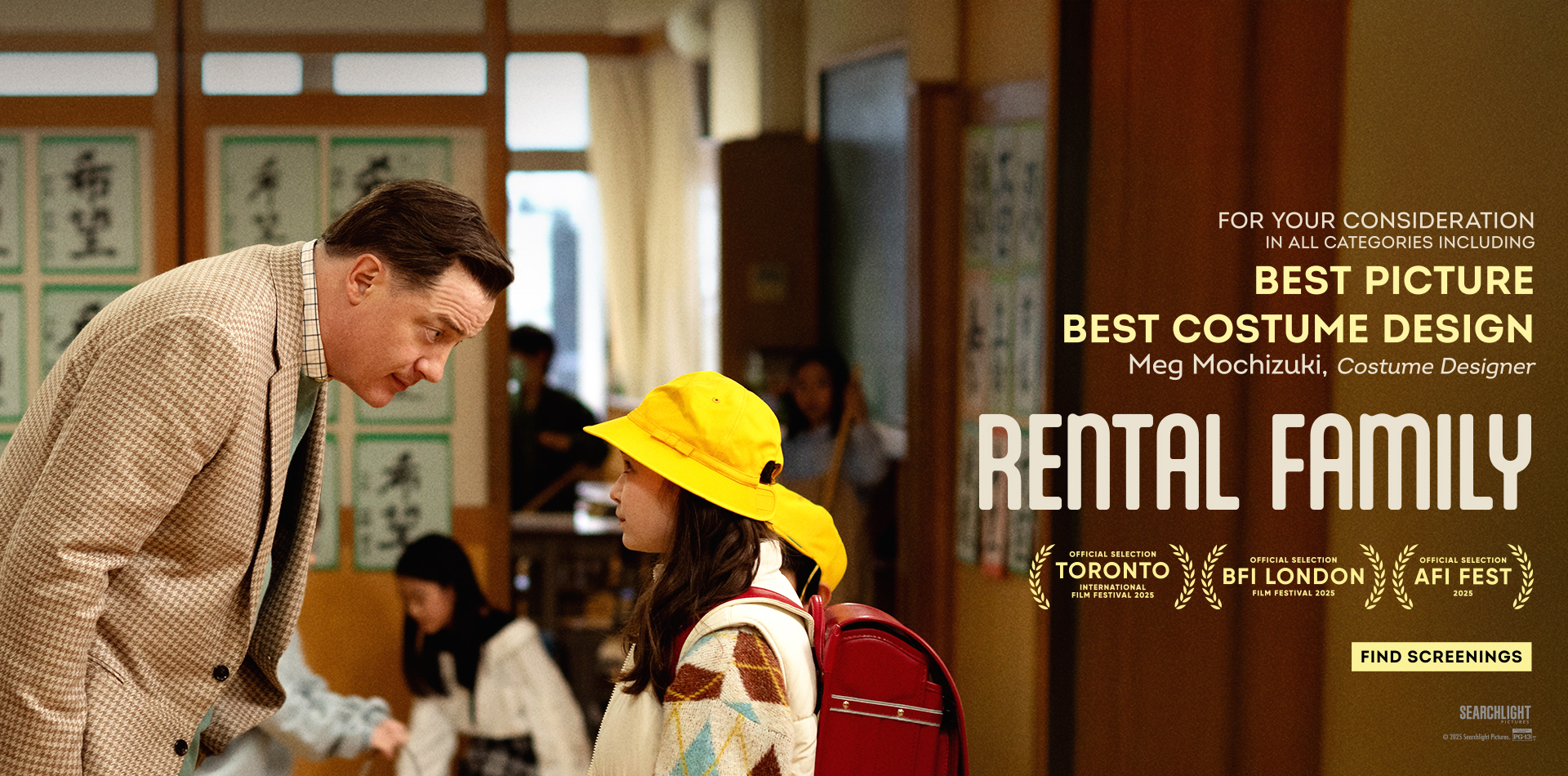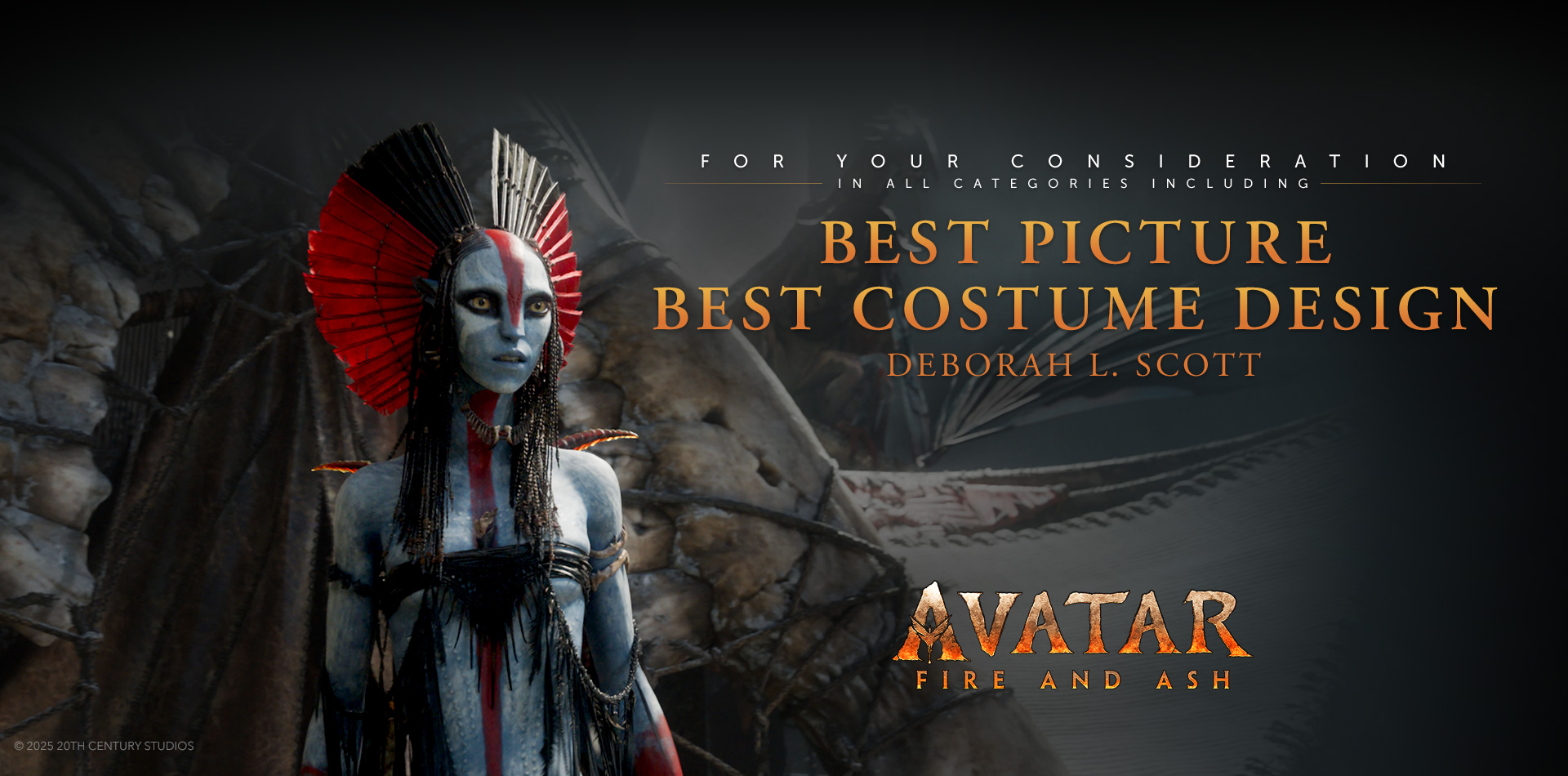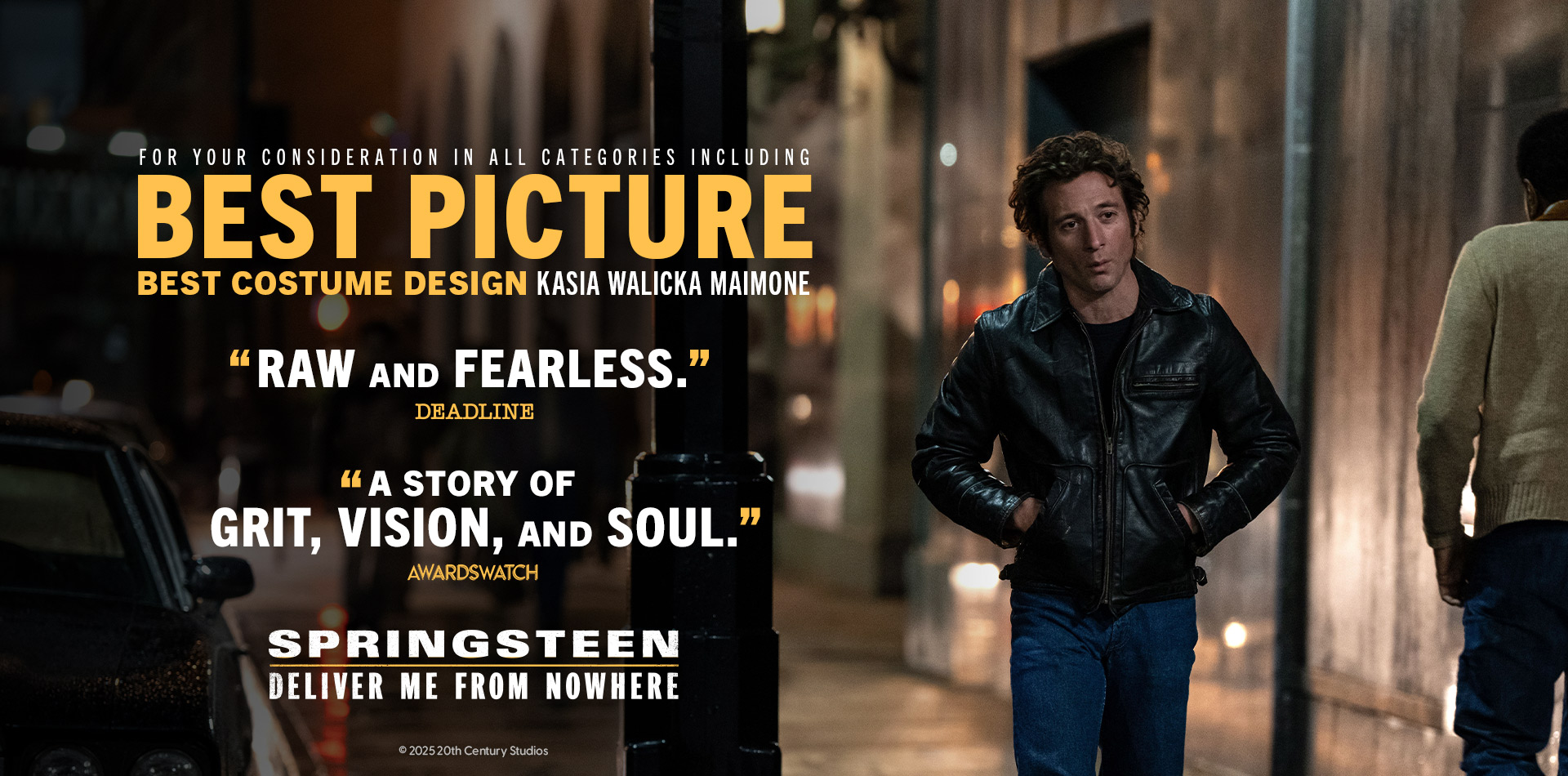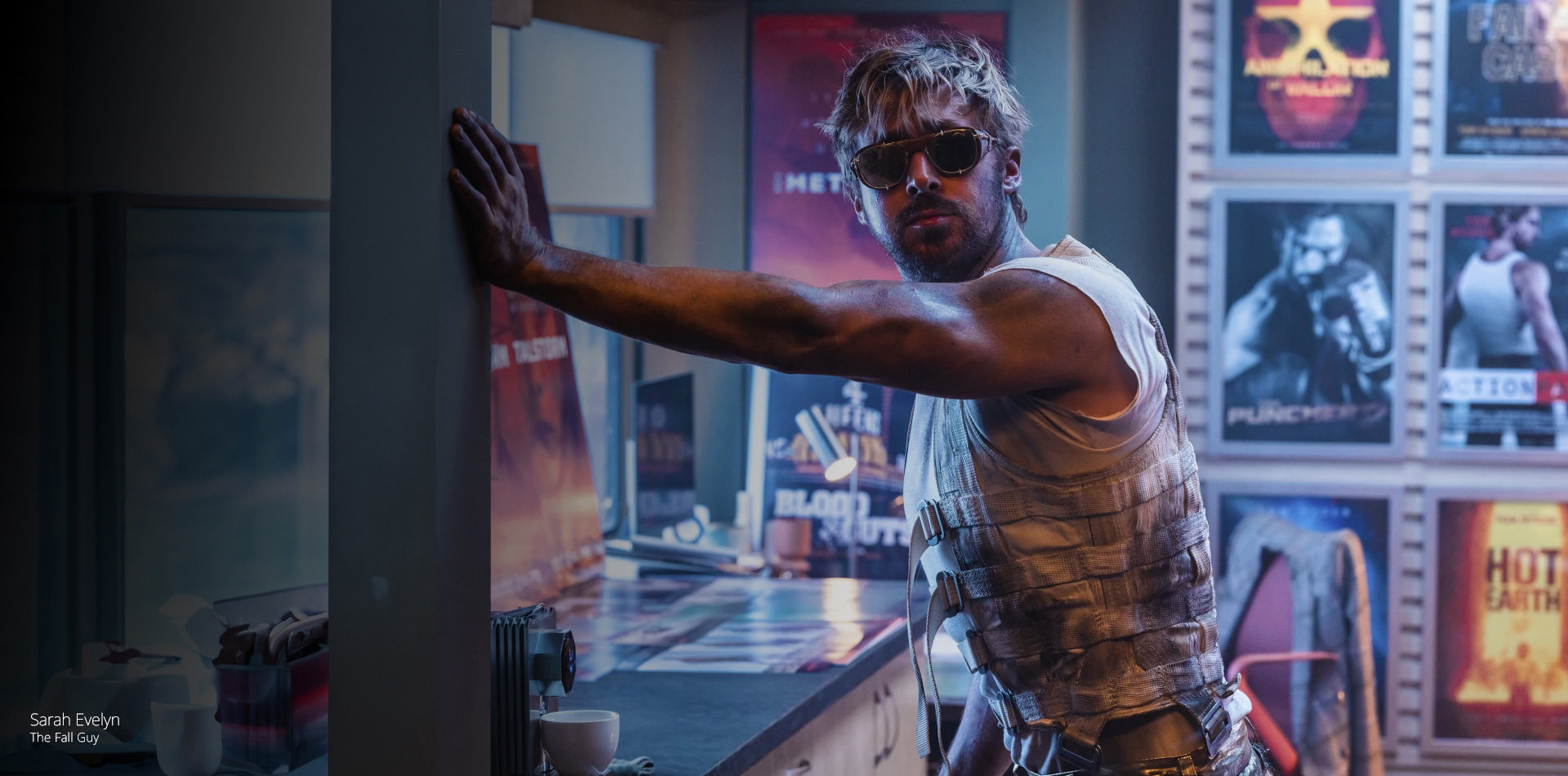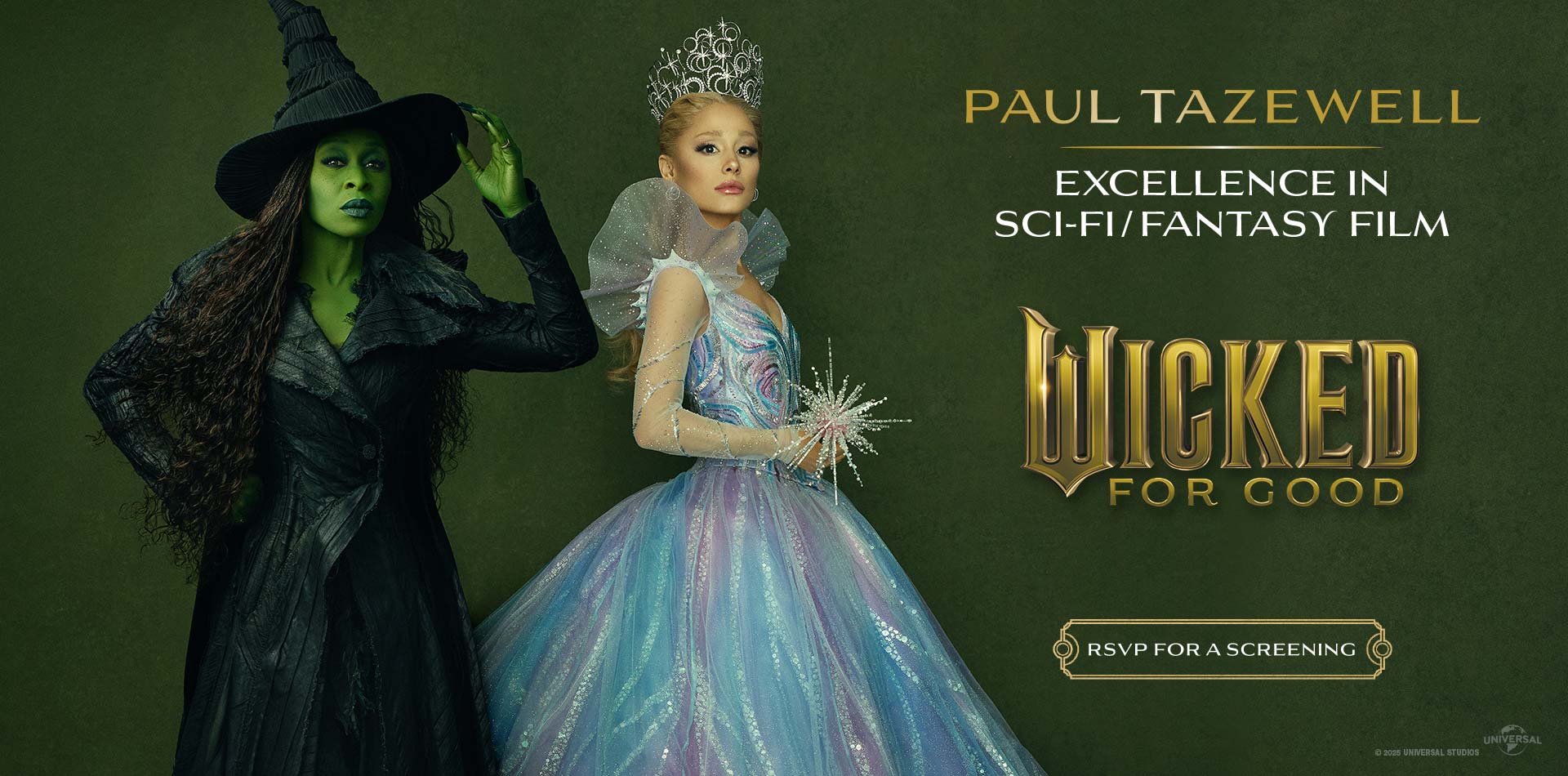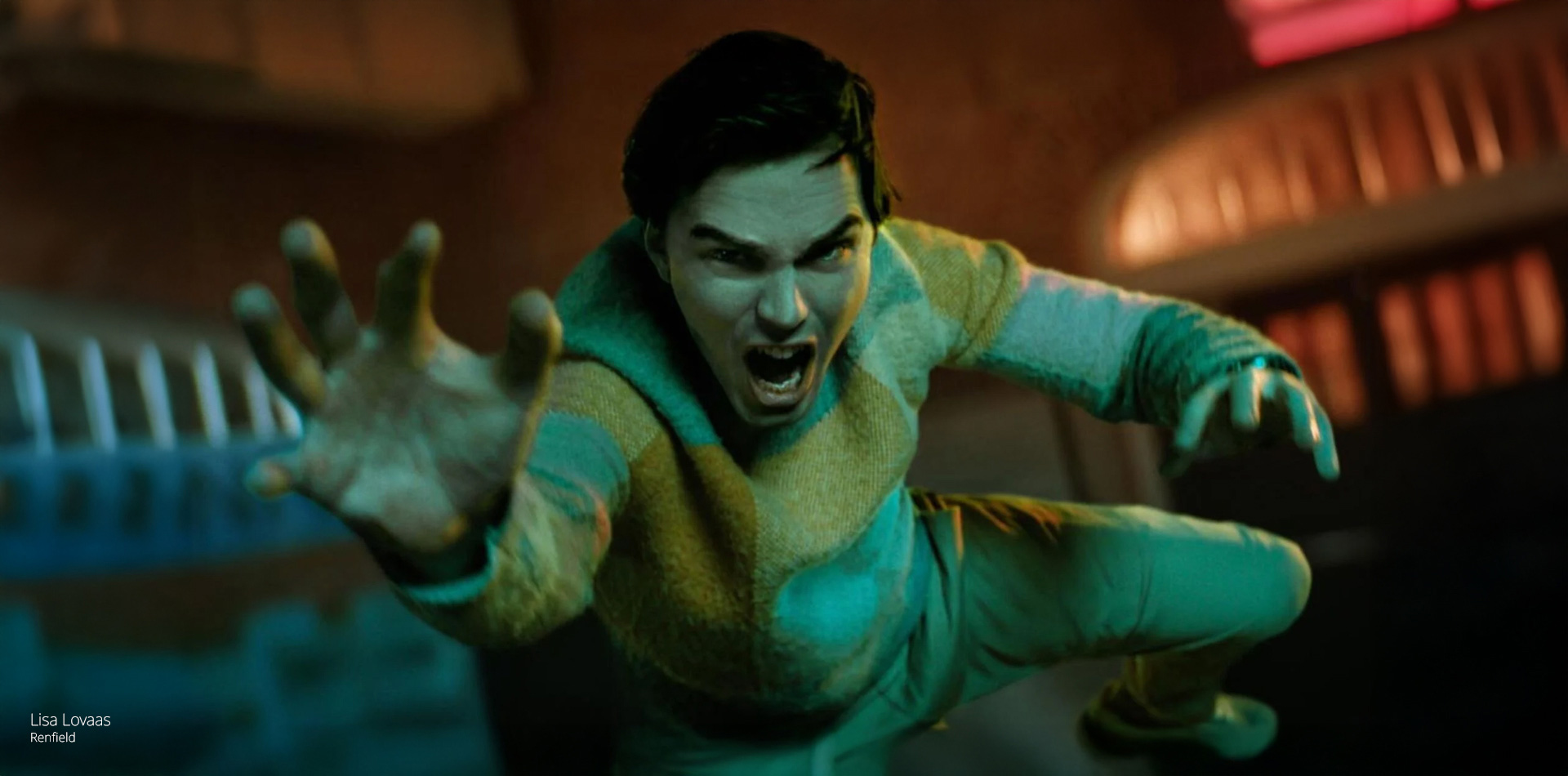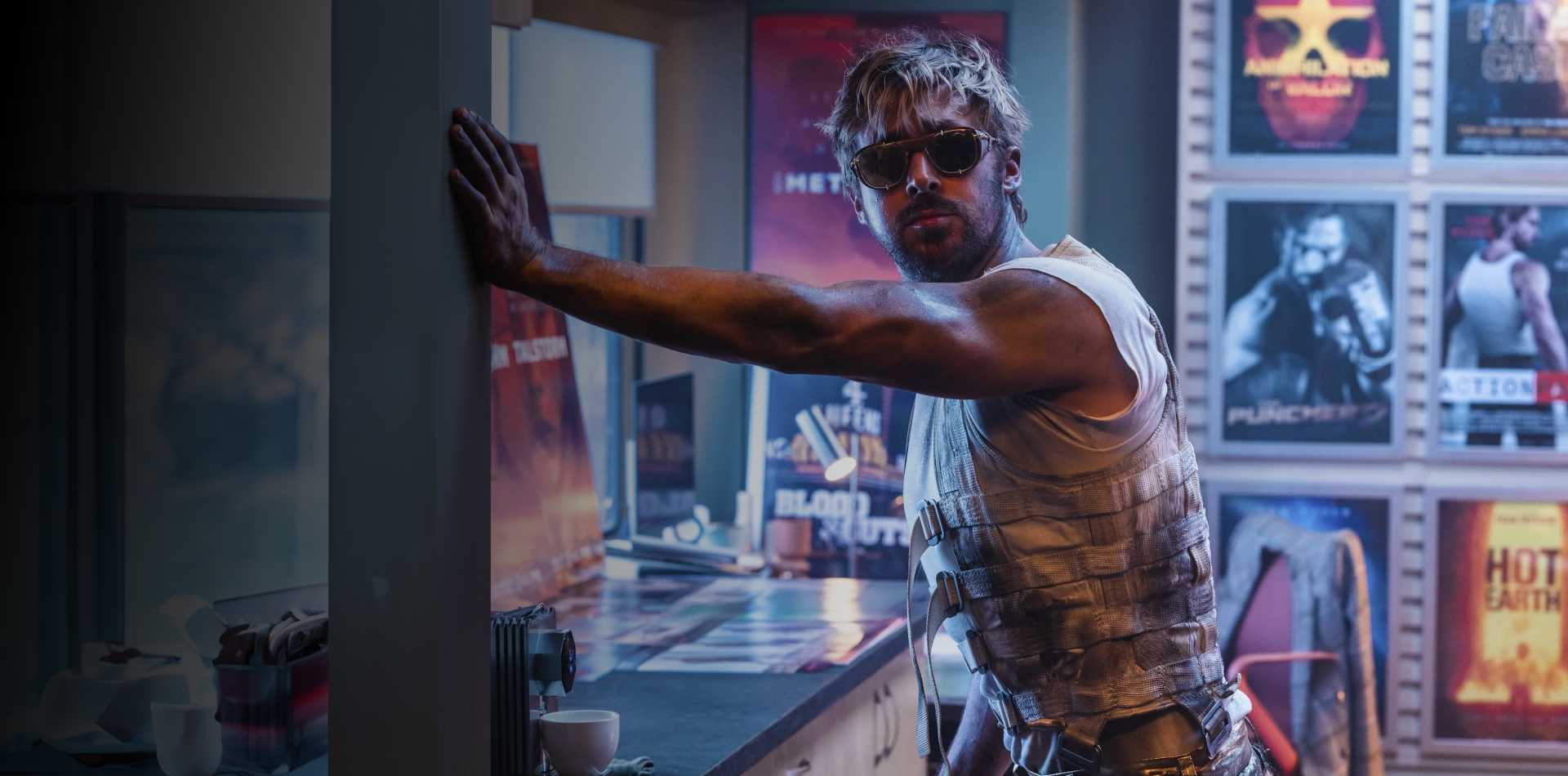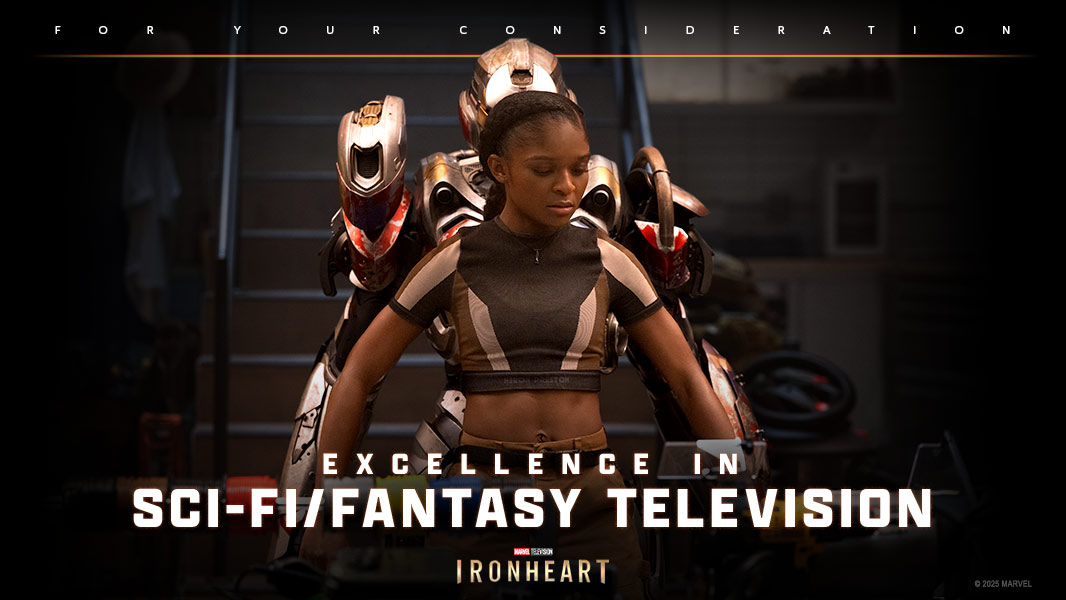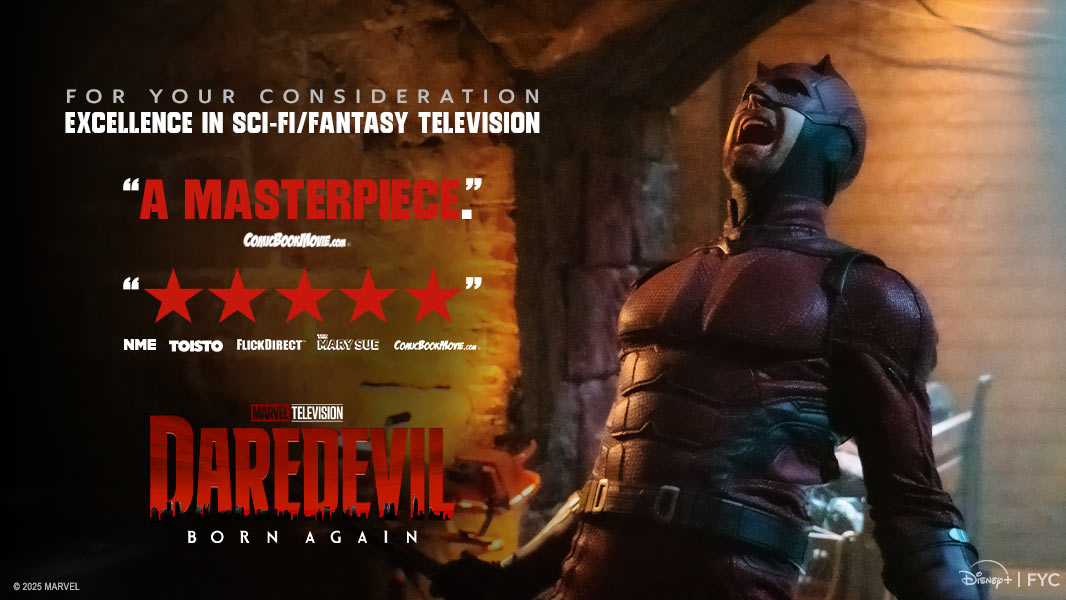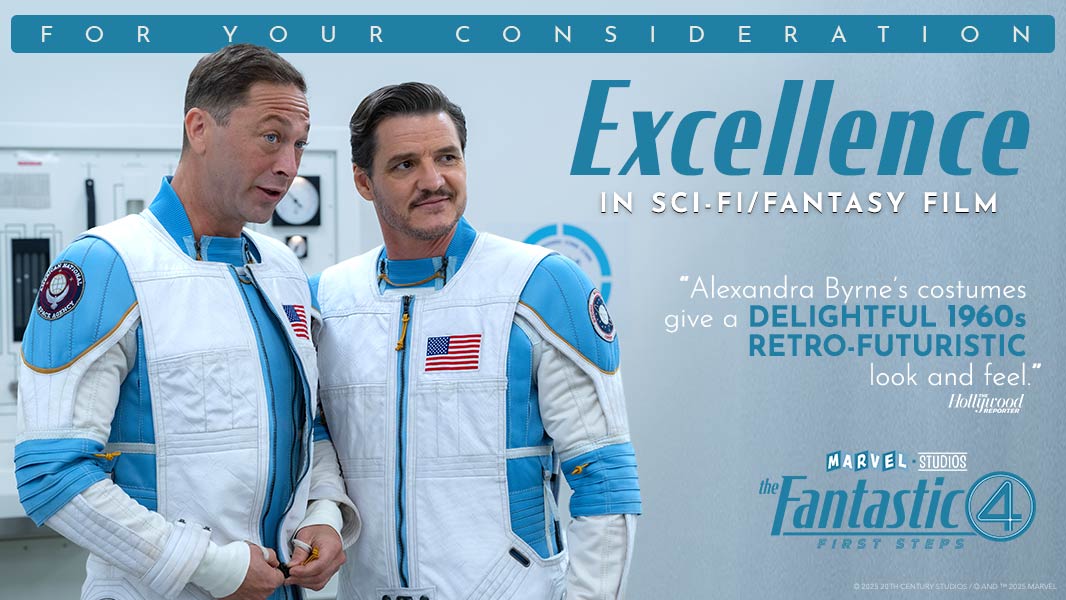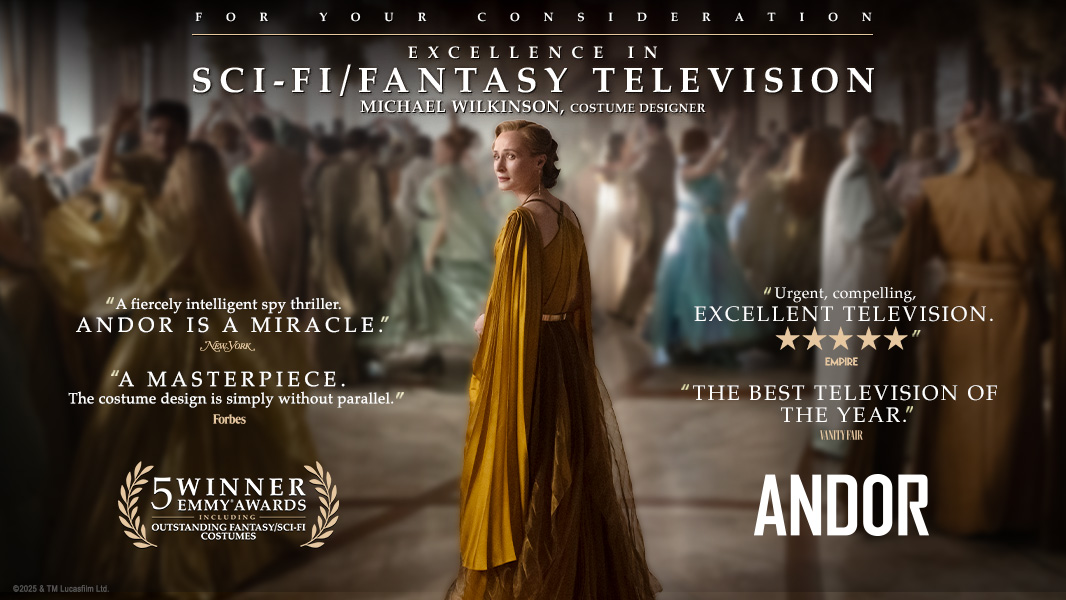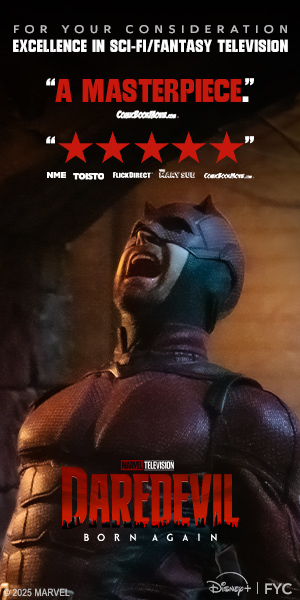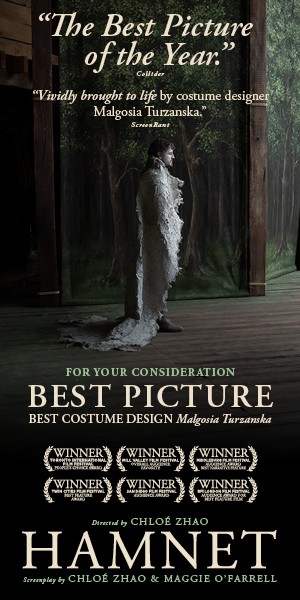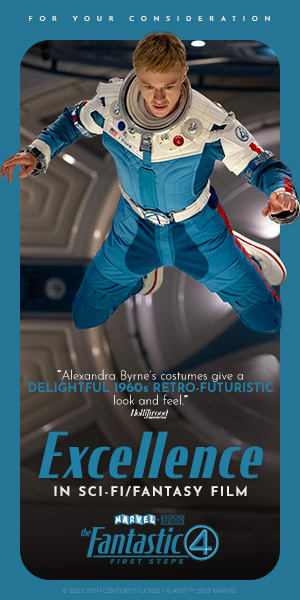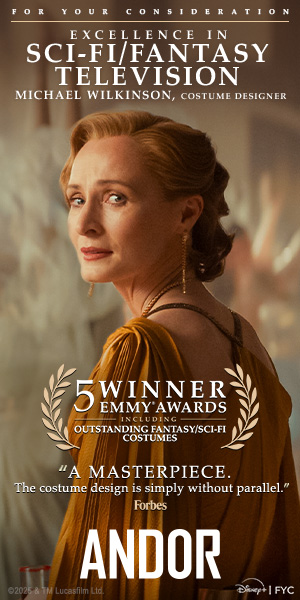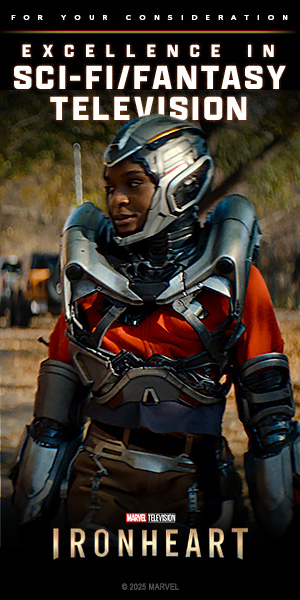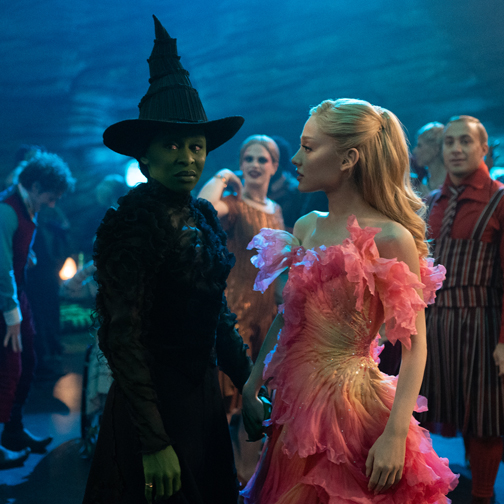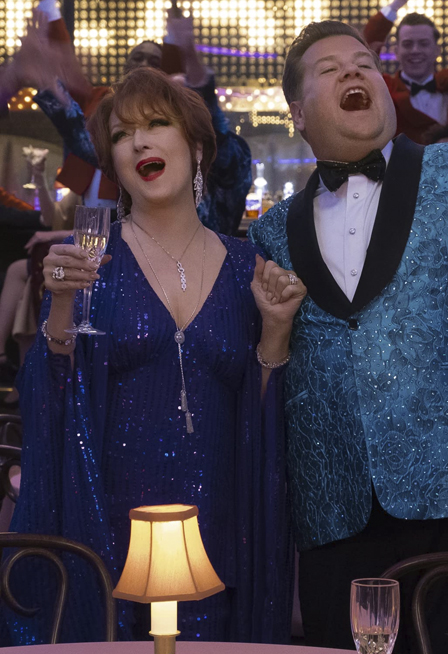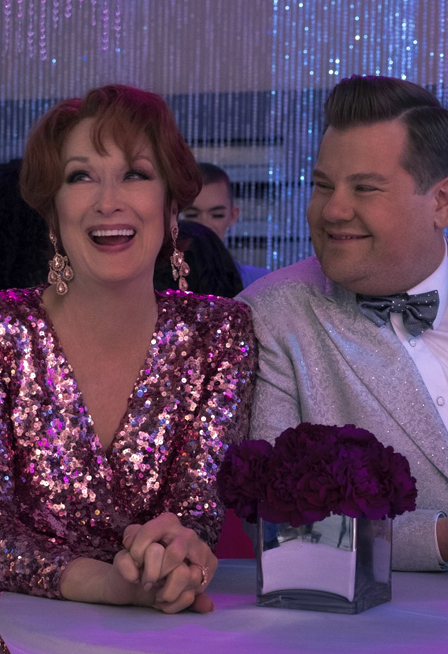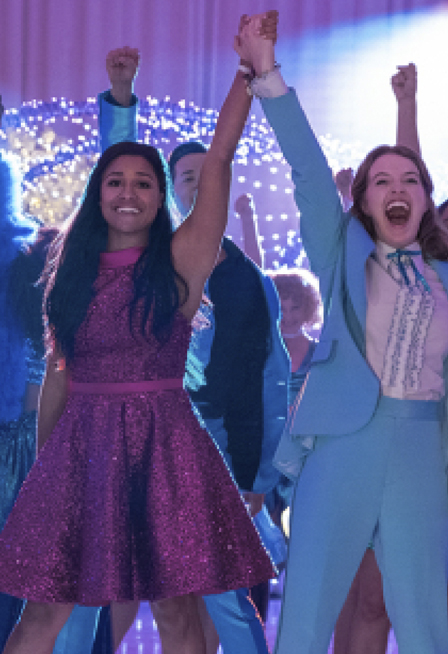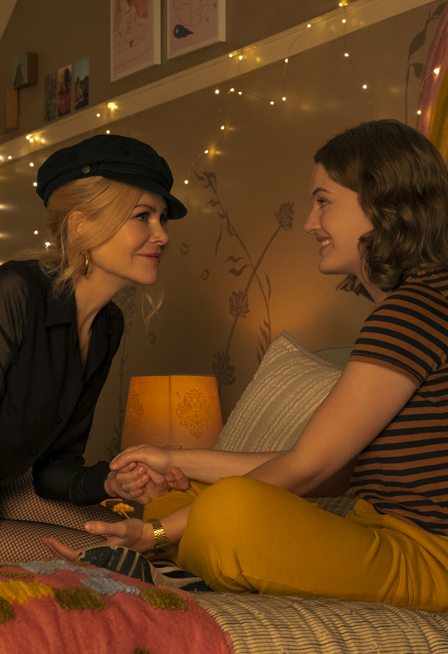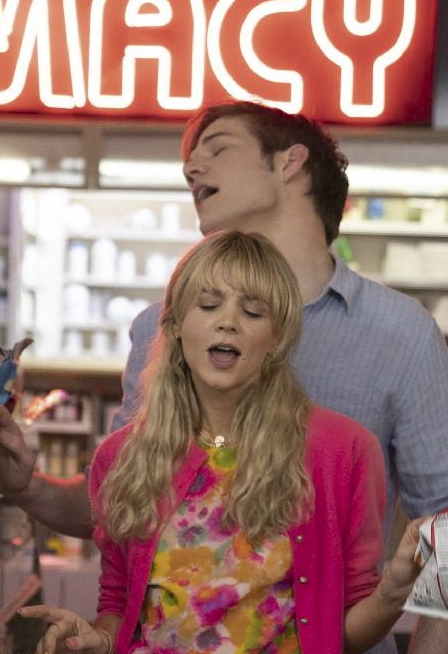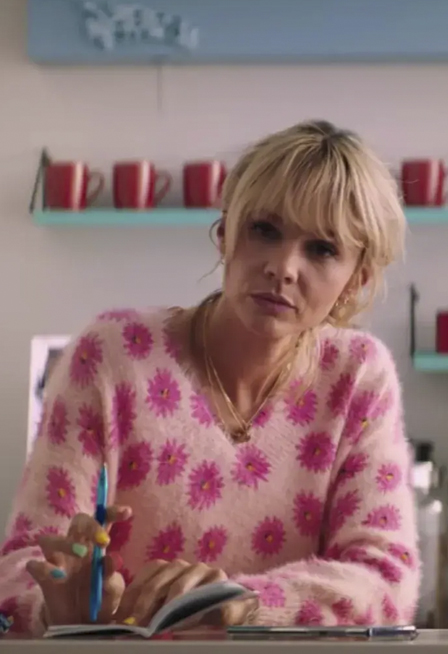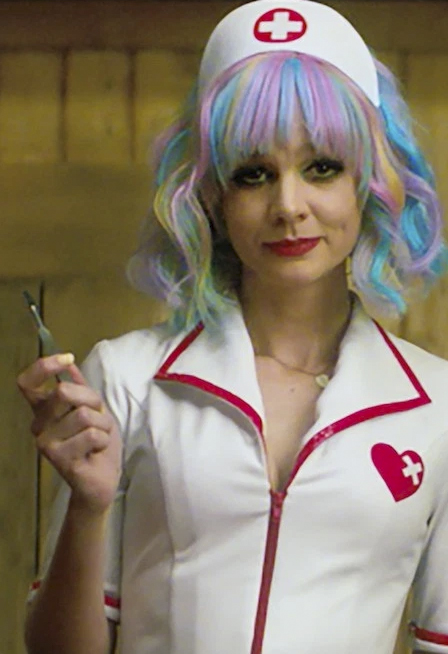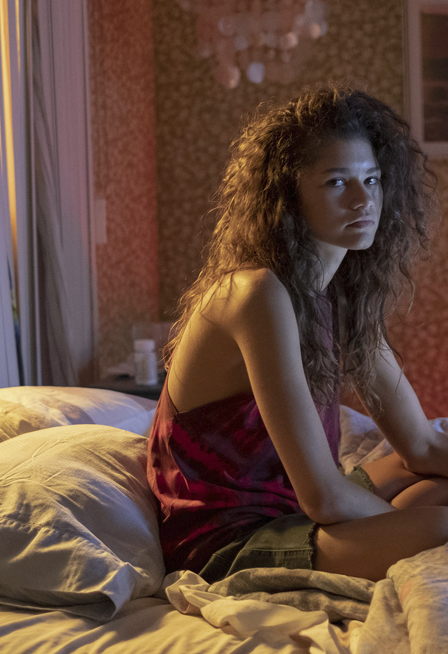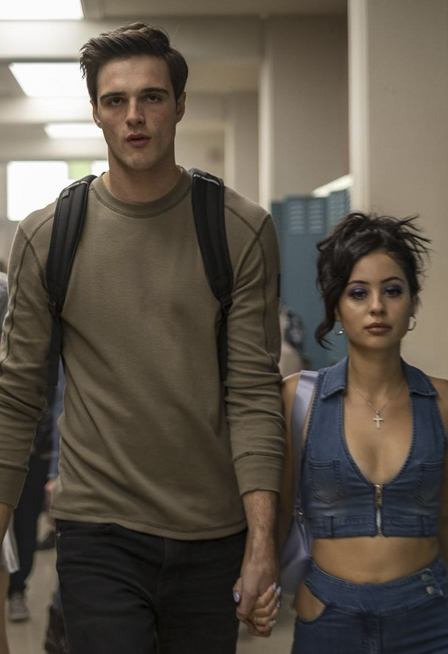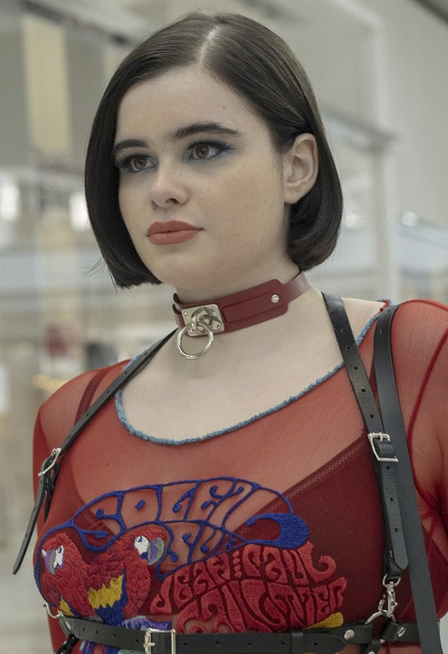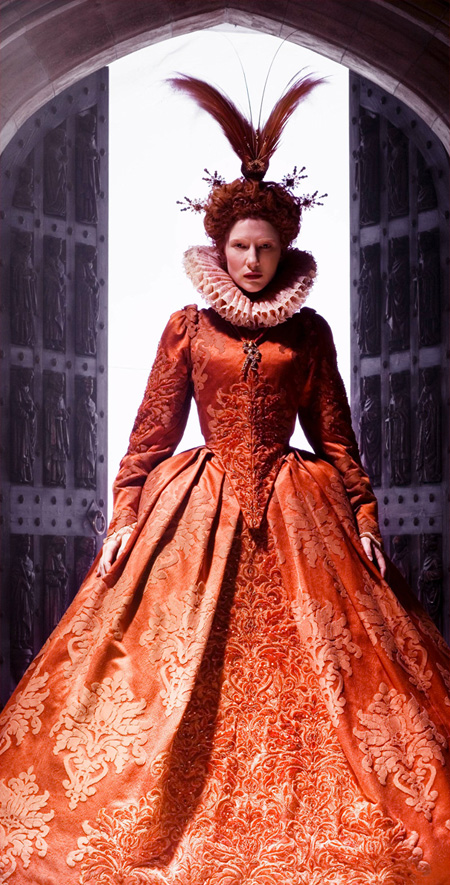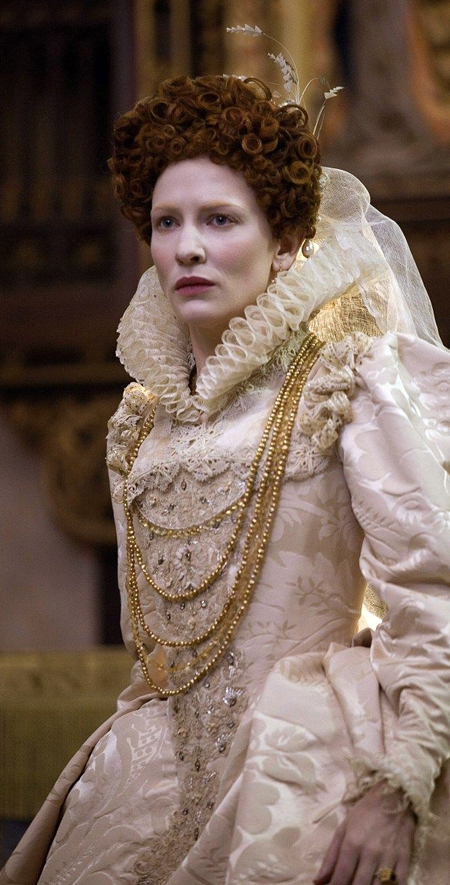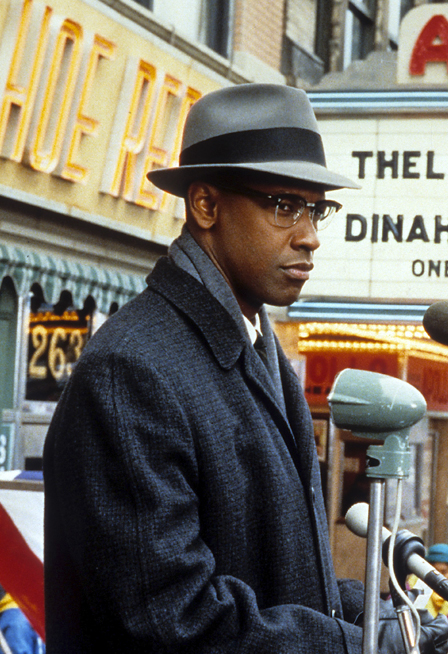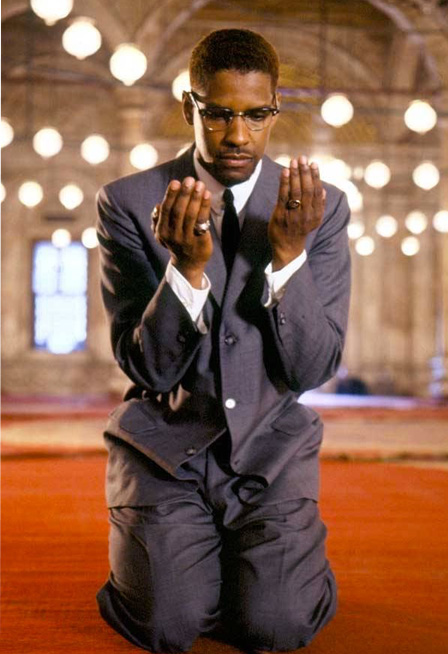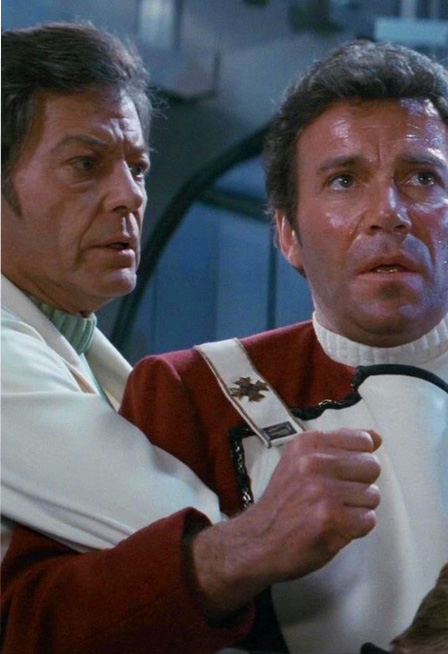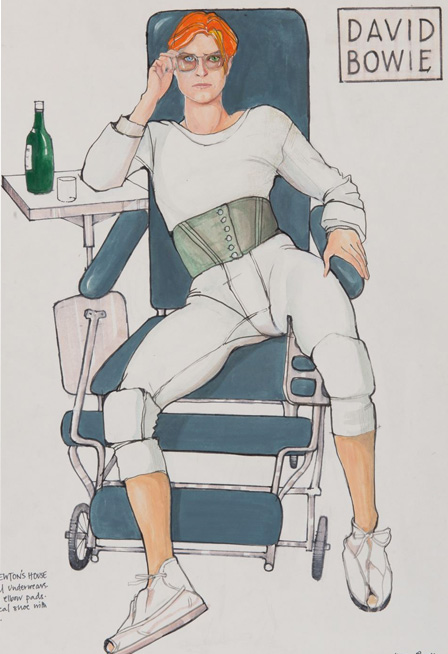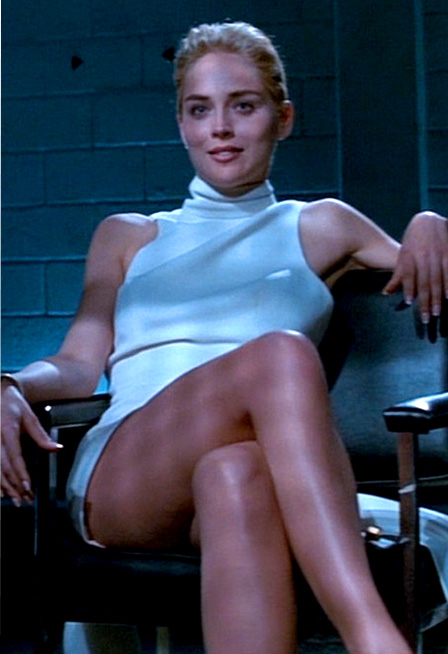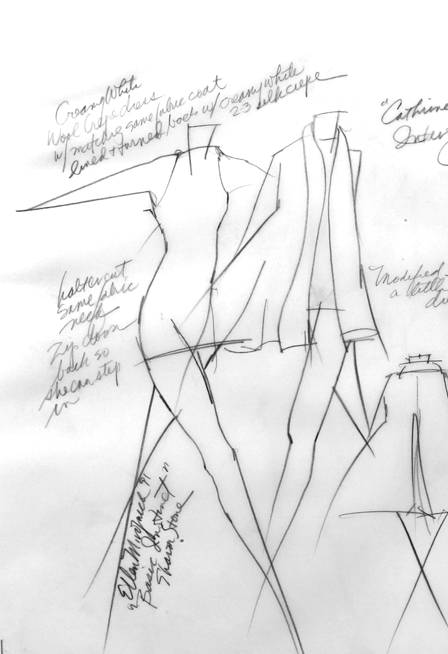What is Costume Design?
Costume Design is the masterful craft of telling a visual story through the use of clothes. Costume designers, assistant costume designers, and illustrators work together to create beloved and fantastic characters that inspire generations. They are etched into the very fabric of society. Because of its artistry, characters leap off the screen into the hearts and minds of audiences all over the world.
Watch the ‘What is Costume Design’ video below.
Overview
Identity
Film, television, commercials, and short-form media tell a story in minutes or moments. Critical to success is the audience’s investment in the characters. They need to know who the people are. Costume design answers that question before any words are spoken using clothing as a medium to communicate a character’s identity at the moment the action of a narrative takes place.
The Language of Clothing
The title of costume designer evokes a certain glamour. In actuality, the job is closer to a psychologist or sociologist who articulates their observations not in words, but in the three-dimensional language of clothing. The garments reveal the essential nature of a character: the era in which they live, and whether the story is fantasy or reality-based. Closer examination yields more details their economic status, emotional state, and most revealing, how they want to be perceived. While conjuring beauty might be an aspect of the job, in actuality, the language of fashion is but one of many tools.
All Characters Are Designed
Contemporary looks can demand as much research and evaluation as period or fantasy. The desire for beauty is hotwired into the human species. In costume, that means audiences and critics are enraptured by every ruff and petticoat. Look no further than award nominations to see that period and fantasy genres are often favored.
There is a misperception that shows set in present-day are entirely shopped. While pieces may be purchased, they require fitting and customization, not to mention combination with other garments. Some designers even fill pockets with mementos to aid the actor in becoming the character.
Unbeknownst to many, costumes are usually made in multiple to accommodate looking precisely the same, or deteriorating exactly as the story requires. This is known as continuity. Additional versions are made for stunt people as well as stand-ins.
A Complete Transformation
Costume designers start with the script, then research the time period, technology, or other elements to inform their work. Sometimes an illustration is made, and finally, the garment is constructed or purchased. Many actors reveal that during the fitting, they become the character. Costume designers have noted that when this moment takes place, the actor’s posture, carriage, or demeanor may change, it is a complete transformation.
Designers Do Not Work Alone
Designers work with a team that can include an assistant costume designer, illustrator, supervisor, cutter/fitters, sewers, dyers, milliners, shoe-makers, and beaders. Some pieces can be rented from specialty costume houses. These items are mixed seamlessly with designed pieces. But some shows necessitate that each garment is constructed.
Assistant Costume Designer
The assistant costume designer (ACD) serves as an extension of the costume designer, this is essential as productions have become larger and larger in scope. The ACD serves as a representative that helps translate the costume designer’s vision to the costume department and other departments. Additionally, from the prep and shoot, to wrap, they are a liaison between the costume department and all aspects of production. The ACD can do everything the costume designer does” research, plan the schedule, oversee the fitting of garments, source fabric, work with the custom-made team, and pull and or shop. Depending on the ACDs skillset and the costume designer’s preference, they can also establish looks on set, dress the background, and illustrate. Working as an ACD can lead to becoming a costume designer, but it is also a career unto itself.
Costume Illustrator
Costume Illustrators are instrumental in translating the costume designer’s verbal cues and ideas into a fully formed version of the costume as it begins to take form. They provide continuous support to the designer through the process of multiple changes/iterations, as demanded by script or concept changes. Illustrators often assist in researching characters and gathering references. Costume Illustrators work in a variety of media, ranging from traditional watercolor on paper, to digital pencil and paint with elements of photo-collage, to digital clay and virtual cloth.
A Magical Effect
Because audiences understand the language of clothing intimately, the final costume can have an almost magical effect. The garment can live beyond its few moments on the screen to symbolize a feeling, a time, a cause, or even to be imbued with personal importance. It can be meaningful to a generation, like Dorothy’s red shoes in the Wizard of Oz by Gilbert Adrian. It can inspire a segment of society as Patricia Field did when she gifted women with abandon and joy in fashion through Carrie Bradshaw from Sex and the City. It can be a source of pride, like Ruth E. Carter’s costumes for Black Panther which connected black communities with dignity and honor for their heritage and future.
Finally, it can have the personal meaning which transcends the original intent of the design. Costume designers don’t set out to make icons, but as history demonstrates, they often do.


